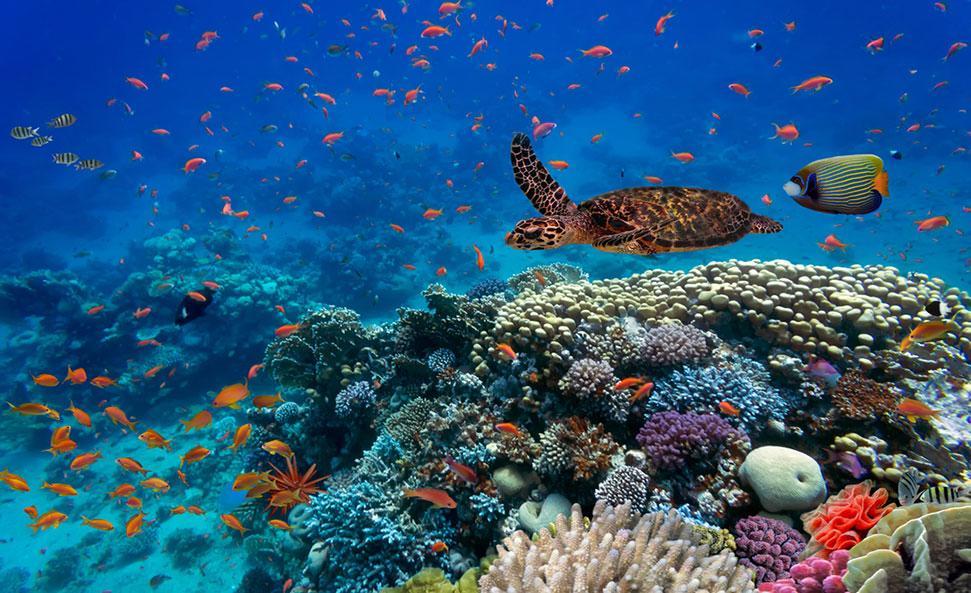Mark Gerrard
Africa-Press – South-Africa. As South Africa (and Africa as a whole) progresses on its path towards sustainable development, it is crucial to recognise the inextricable link between human wellbeing and the health of our natural environment, including marine life.
Study after study has shown the threats facing biodiversity from a host of human activities and indeed the dangers we, as humanity, face from not addressing them.
Restoring and preserving biodiversity is a pressing challenge that demands collective action from all sectors of society.
While governments and environmental organisations have traditionally led conservation efforts, the funding required to effectively protect biodiversity cannot rely solely on their resources. It is crucial for the public and private sectors, as well as civil society, to recognise that we all have a role to play in biodiversity protection and must actively contribute to funding and financing initiatives.
In addition, within government structures themselves, there needs to be stronger cross-departmental alignment to ensure that environmental departments are working in a concerted effort with other departments, particularly Treasury, so everyone can benefit from the opportunities to sustain nature and livelihoods well into the future.
To date, mainstream economics has ignored calculating the value of nature’s role and contribution to development, resulting in unsustainable and unequal growth and distribution.
This development framework has been inherited from a pre-industrial revolution vision of “an empty world”, where human, social and built capital was scarce, and natural capital was so vast that it was considered infinite. This meant that nature and the environment (natural capital) weren’t taken into account in planning.
Today, in a “full world” with a degraded and diminished natural capital, quite the opposite happens. Nature has not only become the limited factor of production, but this scarcity is a significant risk to sustaining human wellbeing since it is our only life support system.
In fact, a 2020 study by the World Economic Forum showed that over half of the world’s GDP, or $44 trillion of economic value, “is moderately or highly dependent on nature and its services”.
Thankfully, the world is beginning to recognise this value through the adoption of global commitments such as the recently agreed Kunming-Montreal Global Biodiversity Framework, which South Africa played a key role in helping to secure and which includes some bold commitments to conserving biodiversity – including protecting 30% of the world’s land and sea areas by 2030 – supported by the 196 countries that are part of the UN Convention on Biological Diversity.
The year 2030 is close at hand, so taking action to deliver on this breakthrough target is key. South Africa has a huge opportunity to lead the way for the world, shifting behaviour towards nature-positive outcomes that benefit people and the planet, and ensuring that sufficient financial resources are secured for this purpose.
South Africa is looking to address this through the establishment of marine protected areas (MPAs, which are basically national parks at sea), which involves keeping a clearly defined proportion of the ocean protected and effectively conserving biodiversity and ecosystems.
MPAs are not merely sanctuaries for marine life; they are vital tools in preserving biodiversity, ensuring sustainable fishing practices and safeguarding the long-term health of our oceans.
Perhaps, unexpectedly, the first stop on our journey to achieving the “30×30” efforts by the global community to conserve 30% of terrestrial and marine habitat by 2030 begins at the water’s edge.
South Africa’s vast ocean real estate has the legal framework for well-defined and managed MPAs, and the science is available to expand the areas protected from just 5% to 30% of our waters, quickly and effectively.
It is crucial to recognise the value provided by MPAs to coastal communities, cities and the broader economy, and to mobilise funding for them. By understanding the economic benefits of MPAs and harnessing their potential, we can protect our marine ecosystems while simultaneously promoting sustainable economic growth.
By investing in the conservation of biodiversity, different sectors can safeguard their own long-term viability while fulfilling their responsibility to the planet and future generations.
Much of the success will hinge on financing, capacity and alignment across sectors, as well as political will to entrench this in our development planning.
Recently, the Department of Forestry, Fisheries and the Environment has shown clear political will (with a focused drive towards supporting the 30×30 goal), and this needs to extend into other government departments as the country looks to expand its MPA network of well-functioning ecosystems.
By engaging with other sectors in our economy to discuss and explore the impacts (positive and negative) and demonstrate the benefits of a well-managed MPA network, we can move to a space of making smarter development decisions, ensuring that development contributes to nature and enabling a more sustainable future for humanity.
For More News And Analysis About South-Africa Follow Africa-Press






